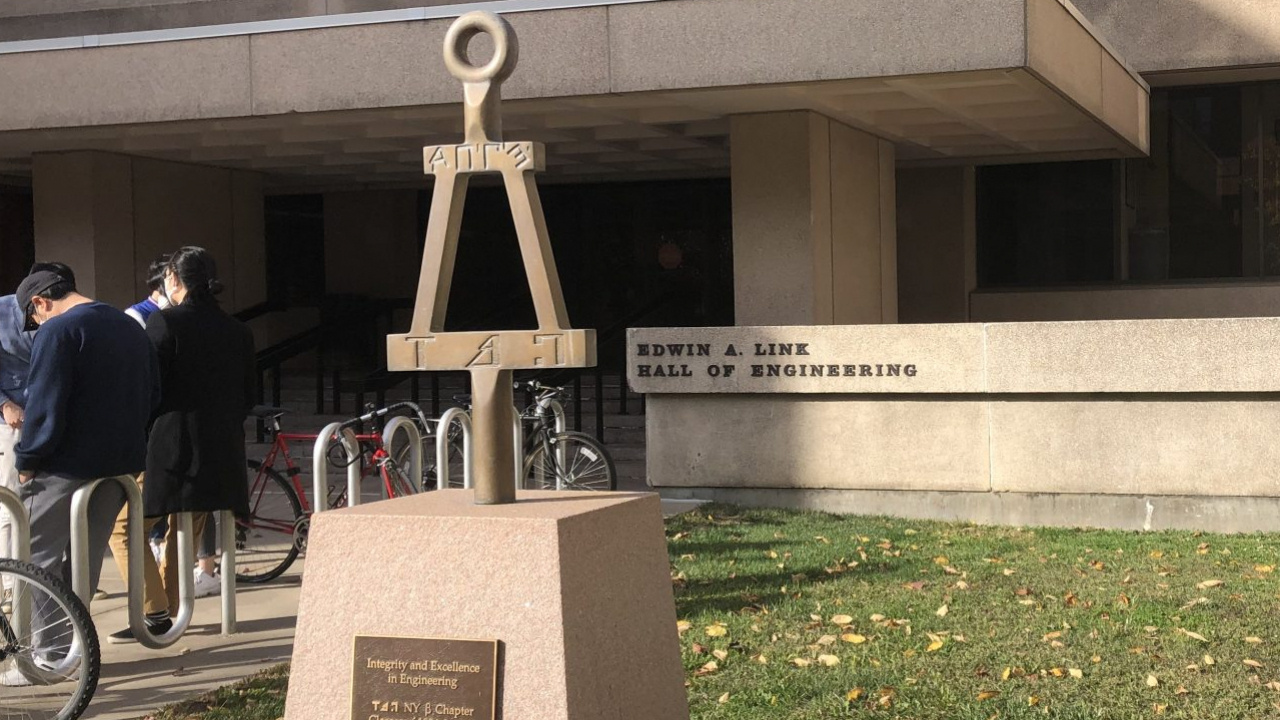
Syracuse, N.Y. (NCC News) – Syracuse University engineering professor Jianshun Zhang and research assistant professor Meng Kong released a research brief on Oct. 7, detailing how to limit cross-contamination of COVID-19.
While there has been vast research into COVID-19 exposure, Zhang says that there has been limited research on cross-contamination. His research shows how to effectively minimize cross-contamination in buildings.
“We’re looking at (COVID-19’s) impact on the cross-contamination,” Zhang said. “How to minimize the cross-contamination from one person to another, to reduce the risks of the population.”
Zhang and Kong’s research can be narrowed down to two ideas that when used together, can reduce risk of coronavirus contract by four times. The first idea is to install plastic partitions between seating. Instead of virus particles being spread widely, particles would instead only move vertically.
The second measure is to change ventilation, to a more efficient displacement ventilation. Currently, many ventilation systems are mixing ventilation systems – which uses vents that are generally located near the ceiling. Mixing vents pumps clean air into rooms, which mixes with existing air before returning to the rest of the room.
With mixing ventilation, the air of a person infected with the coronavirus is not immediately ventilated out of the room. Instead, it is mixed with new, clean air before being spread throughout the room.
Zhang proposes buildings use a less common ventilation system called ‘displacement ventilation’. In this system, vents from the floor bring clean air into rooms. The air moves upward through the room, taking particles with it. Eventually, all air is filtered out through a vent in the ceiling.
Rather than mixing new air with used air, this system would only ventilate in fresh, clean, air. Even if there is someone infected with COVID-19 sitting in the room, virus particles are unlikely to spread due to these new precautions, which Zhang hopes are implemented.
“If you have partitions, then these pollutants will have less chance to get across the partitions,” Zhanng said. “And therefore you can remove them.”




